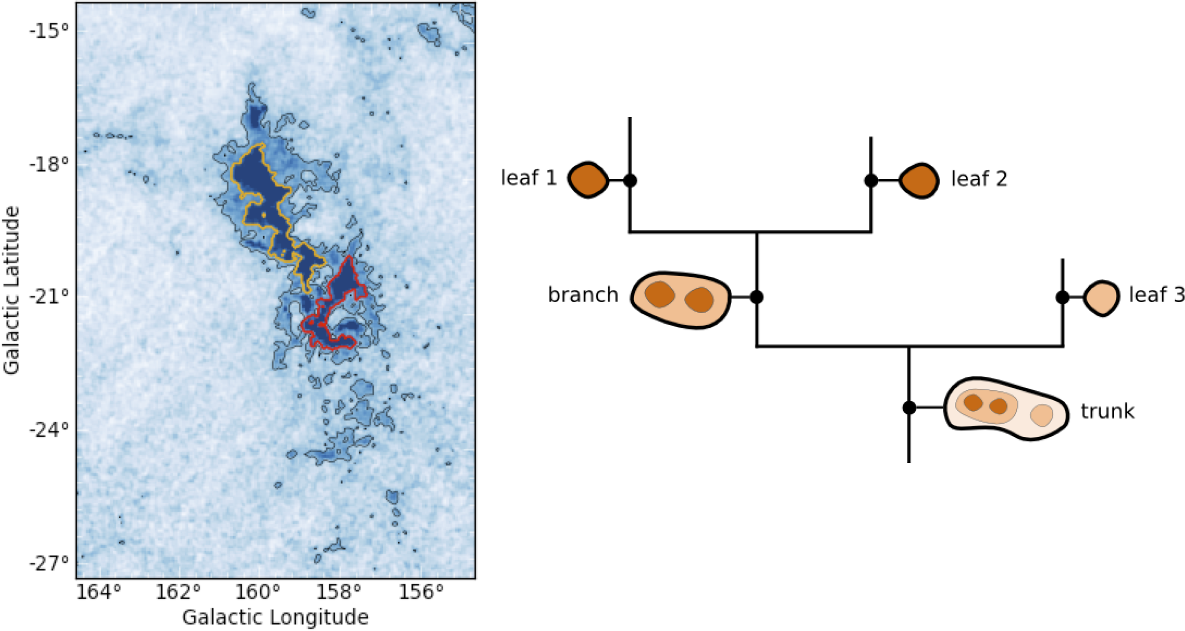|
The purpose of this focus group is to discuss the present and future of cloud structure characterization in observations and simulations. A number of techniques are typically used, such as core/clump mass functions (with e.g. CLUMPFIND), column density PDFs, filamentary structure tools (DisPerSE, getFilaments), dendrogram analysis, and so on. As high-quality data sets in both dust (2D) and gas (3D) become more prevalent, the data analysis techniques required to understand them must also be improved and automated. We need to assess whether presently-used techniques are each independently adequate for characterizing cloud structure. If not, what methods are more effective, or what complementary techniques are needed, to gain real insights into how observed structures relate to their physical properties? For instance, column density PDFs contain information about the column densities in clouds, but any spatial information is lost. Hence, reproducing column density PDFs is necessary but not sufficient to establish that two clouds (observed or simulated) have the same properties.
We request contributions to the focus group that demonstrate state-of-the art
techniques and applications of existing techniques, and we will focus our discussion on determining which techniques should be encouraged. Testing these techniques on simulated data is a crucial component in understanding the biases and advantages of each technique; we therefore encourage observers and simulators to share the tools they use to characterize synthetic data and discuss how it might be applied to real data.
|

